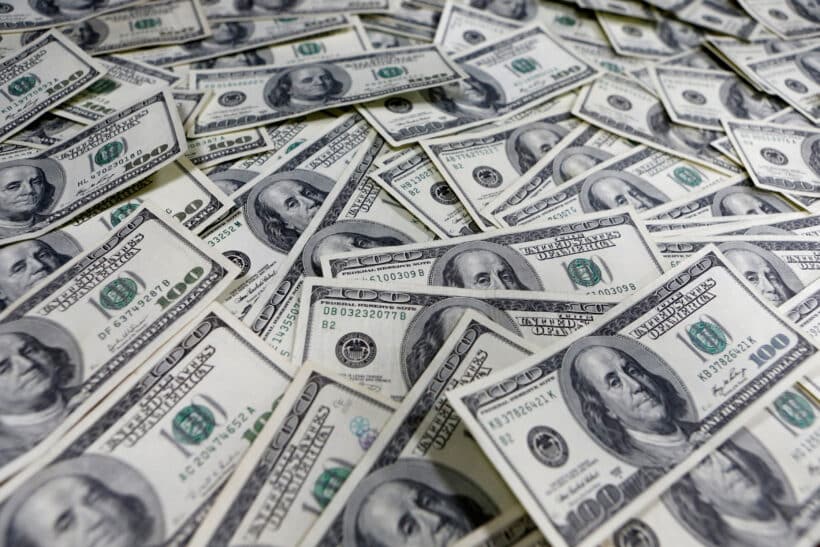
TOKYO/LONDON, March 28 (Reuters) – The dollar gained on the euro and pound on Thursday after a U.S. Federal Reserve policy maker said he wasn’t in a hurry to cut rates, while traders braced for key economic data and hesitated to move on the yen on fears of Japanese intervention.
The Japanese currency was steady at 151.42 per dollar having traded just shy of the 152 mark at its lowest since 1990 on Wednesday before Japan’s top monetary officials suggested they were ready to intervene to prevent further declines.
The euro EUR=EBS was last down 0.33% at $1.0792 its lowest in five weeks, and the pound GBP=D3 was down 0.25% at $1.2609. That left the dollar index up 0.16% at 104.6, its highest since mid-February. =USD
Speaking during late U.S. trading hours on Wednesday, Fed Governor Christopher Waller said recent disappointing inflation data affirms the case for the U.S. central bank holding off on cutting its short-term interest rate target.
Market expectations for the first rate cut to occur at the Fed’s June meeting have eased somewhat. Current pricing has it at a 60% chance, compared to 67% around this time last week, according to the CME FedWatch tool.
“Waller is one of the more important Fed policy makers and, while I don’t see this being a big move, the remarks have put some momentum into the market which has been stuck in very tight trading ranges,” said Lee Hardman, senior currency strategist at MUFG.
Traders now await U.S. core PCE inflation figures due on Friday, as well as an appearance by Fed Chair Jerome Powell.
INTERVENTION WATCH
Should the inflation data surprise on the upside and support the dollar, its most dramatic impact could be on the yen. Market participants say there is a dense thicket of options restricting moves in dollar/yen around the 152 level, and so a break through could trigger more significant moves.
While there may be some trading to defend a move toward 152 yen per dollar for now, Friday’s U.S. inflation data posed a significant risk, said Takeshi Ishida, a currency strategist at Resona Holdings.
“Once dollar/yen touches 152, I think there will probably be a sharp move upward, and that’s when intervention could take place.”
Japanese authorities held a meeting on Wednesday on the currency’s weakness and ramped up their verbal warnings, putting the market on the lookout for any signs that words are being backed up with action.
Japan intervened in the currency market three times in 2022, selling the dollar to buy yen, first in September and again in October as the yen slid towards a 32-year low of 152 to the dollar.
A summary of opinions at the Bank of Japan’s March meeting released on Thursday gave the currency little support, showing many policymakers saw the need to go slow in phasing out ultra-loose monetary policy.
The Easter holiday in many markets is also complicating matters.
“That works in Japan’s favour as it keeps another layer of uncertainty as liquidity tends to be thin, and so investors might be nervous holding yen shorts going into the holiday period,” said MUFG’s Hardman.
Meanwhile, China’s central bank set the yuan fixing at the widest gap against Reuters’ estimate in nearly five months, as authorities step up efforts to prevent sharp declines in the currency. The yuan slumped to a four-month low last Friday. CNY/
The onshore yuan was mostly flat at 7.2277 per dollar, CNY=CFXS while offshore it was at 7.2591 per dollar, also little changed. CNH=D3
The Swiss franc remained under pressure, and the dollar rose 0.24% to 0.9059 francs, trading just shy of a four month high hit the day before. CHF=EBS
The Aussie fell 0.6% to $0.6495 AUD=D3. As well as being hurt by Waller’s remarks, data from Australia showed consumers continued to struggle as retail sales edged up 0.3% in February, missing forecasts. AUD/
(Reporting by Brigid Riley; Editing by Lincoln Feast and Sonali Paul)